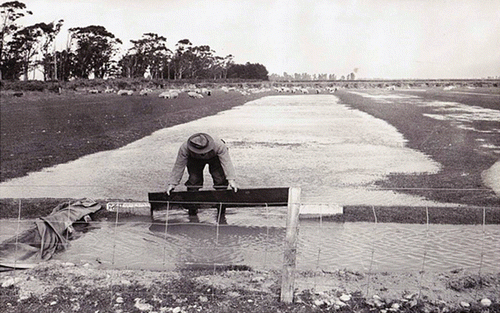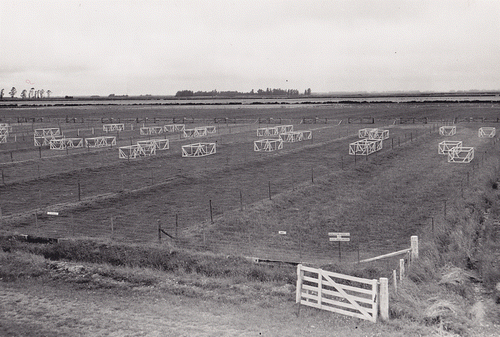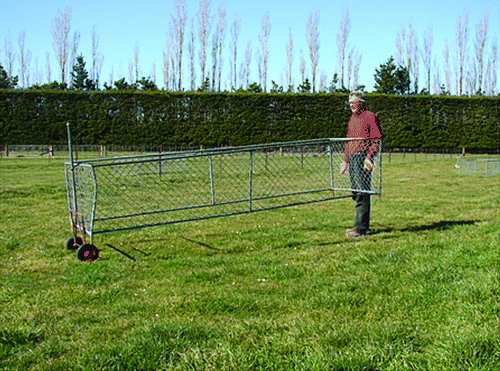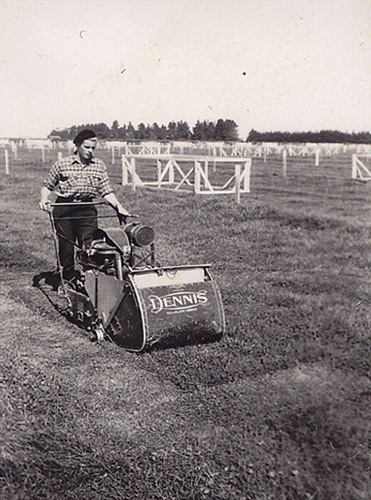Figures & data
Figure 1 Typical profile of the soil at Winchmore on which the fertiliser and irrigation trials were conducted. The soil depicted had not been cultivated for 58 years. Measurements are in metres.
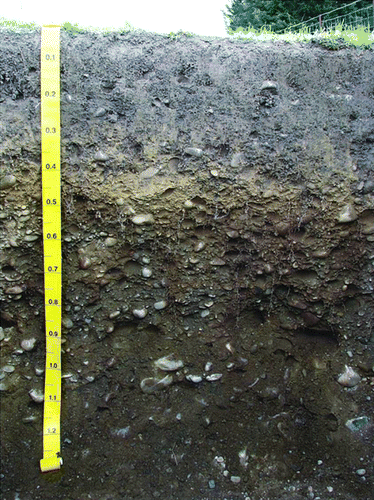
Figure 2 Overview of the Winchmore Irrigation Research Station during 1952 depicting the administration, laboratories and service buildings with the response of pasture to irrigation trial in the distance immediately adjoining the left-hand most buildings.
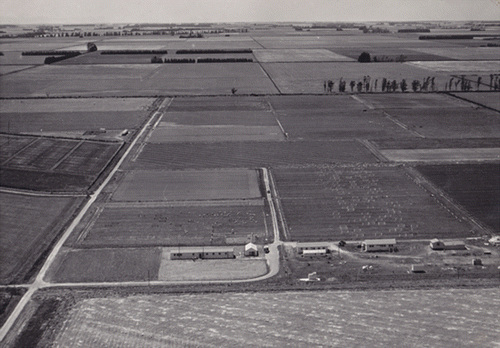
Table 1 Properties of Lismore stony silt loam.
Figure 3 Preparing land for border-strip irrigation by constructing a water supply race, borders and levelling the land between borders during the 1950s.
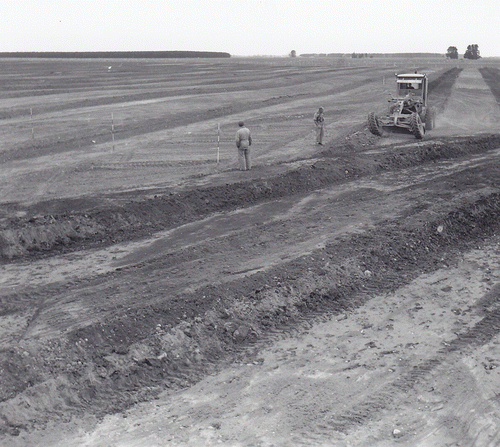
Figure 4 The late Bob Gibson irrigating pasture during 1952 using the border-strip method and manually operated canvas dams, typical of the technique used at that time.
